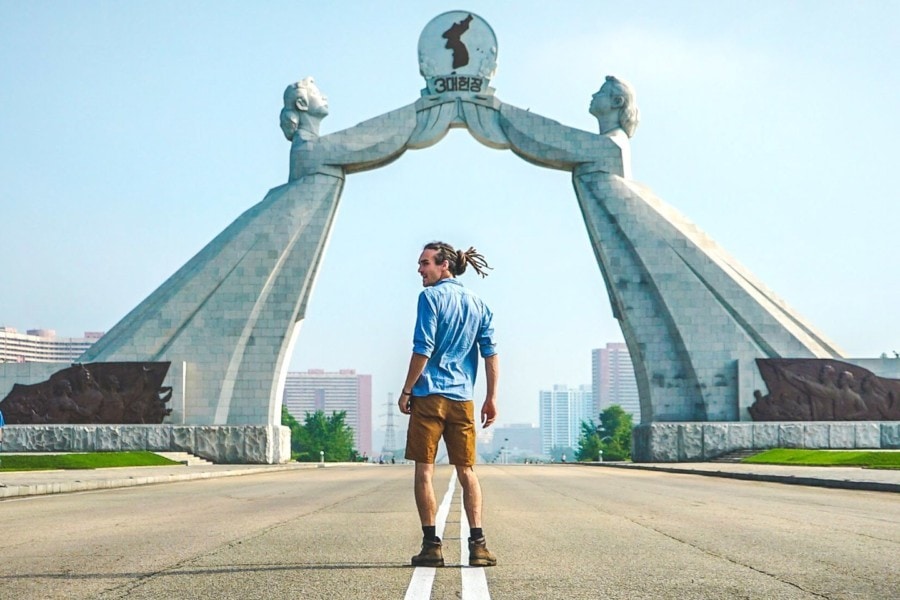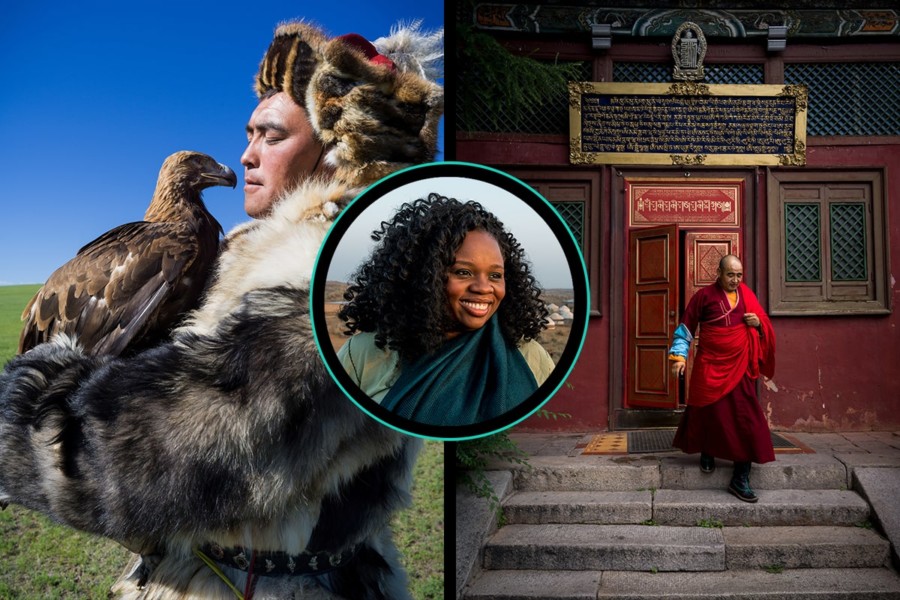Share
Is YouTube’s Louis Cole Any Different from David Guttenfelder?
YouTube star Louis Cole raised eyebrows with a recent trip to North Korea and a series of corresponding vlogs that glamorize a country with human r...

YouTube star Louis Cole raised eyebrows with a recent trip to North Korea and a series of corresponding vlogs that glamorize a country with human rights abuses that are “without parallel in the contemporary world,” according to Human Rights Watch.
Cole’s videos feature a complete toolbox of stylistic devices – motion graphics, color-grading, smart editing, selfie stick-based narration – for his “Fun for Louis” channel, which has over 1.8 million subscribers. Cole beams with pride over his self-proclaimed “1st Music video from North Korea.”
In a sharply worded condemnation on Vanity Fair, Richard Lawson writes:
“The more you watch Cole’s videos from North Korea, the more you wonder if he’s plainly ignorant to the plight of many people in the country, or if he’s willingly doing an alarmingly thorough job of carrying water for Kim Jong Un’s regime—not really caring what the implications are, because, hey, cool trip.
“Or maybe it’s something else. Maybe this is a surreal extreme of the unthinking, vacuous new-niceness that occupies a large amount of YouTube territory, content creators so determined to deliver an upbeat, brand-friendly message that the uncomfortable truths of the world—personal and political—go mind-bogglingly, witlessly ignored.”
Cole’s “synthetic optimism” stands in contrast to the work of David Guttenfelder, the AP’s former Chief Asia Photographer who made over 40 trips to the reclusive nation. Guttenfelder didn’t play the role of accidental tourist trying to amass enough content for a vlog or photo book. In a National Geographic Live! talk, Guttenfelder says half-jokingly, “Unless you’re Dennis Rodman, you probably don’t know anything about the country, or what you know you probably learned from Dennis Rodman.”
In other words, because the North Korea is such a closed society, our opinions are formed from a very small set of sources (and almost no independent records of life inside the country).
Guttenfelder comments on the tightly controlled state media, “The photography information – it all flows in one direction, it comes from one place. This is how we get our image of the country, and this is a state agency where the word ‘propaganda’ is not a dirty word. They project an image, an ideal image – a sanitized picture of their country, a very controlled image. And that’s sort of what I’m fighting against.”
Cole seems hellbent on trying to prove how similar we are (“They have great water parks!”) at the expense of telling a more complete story. There is so much hidden outside the frame that social media influencers purposefully curate. Cole can reasonably disavow being a journalist (and thus not subjecting his pieces to journalistic standards), but he becomes part of the propaganda machine in the way that he curates his content. You can show everyday life without feigned enthusiasm. You can visit North Korea without producing a music video.
There is a look to the contemporary, social media-curated photo or video. A FOMO-inducing patina of glamour that can make even a brutal dictatorship seem like a place we ought to visit right after waterfalls in Iceland and a selfie at Machu Picchu. But Pyongyang isn’t Reykjavik, and as a self-proclaimed global citizen, Cole has an ethical responsibility to know better.


